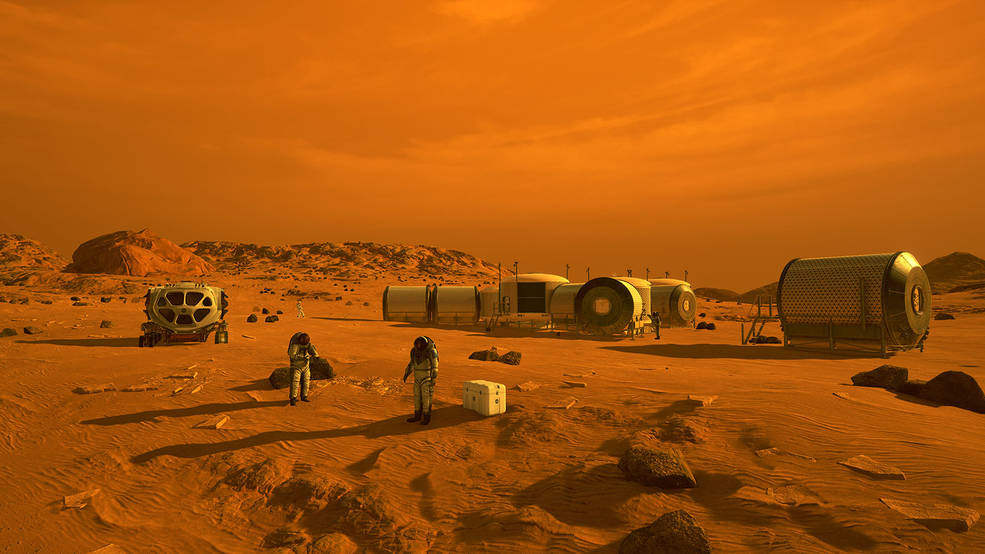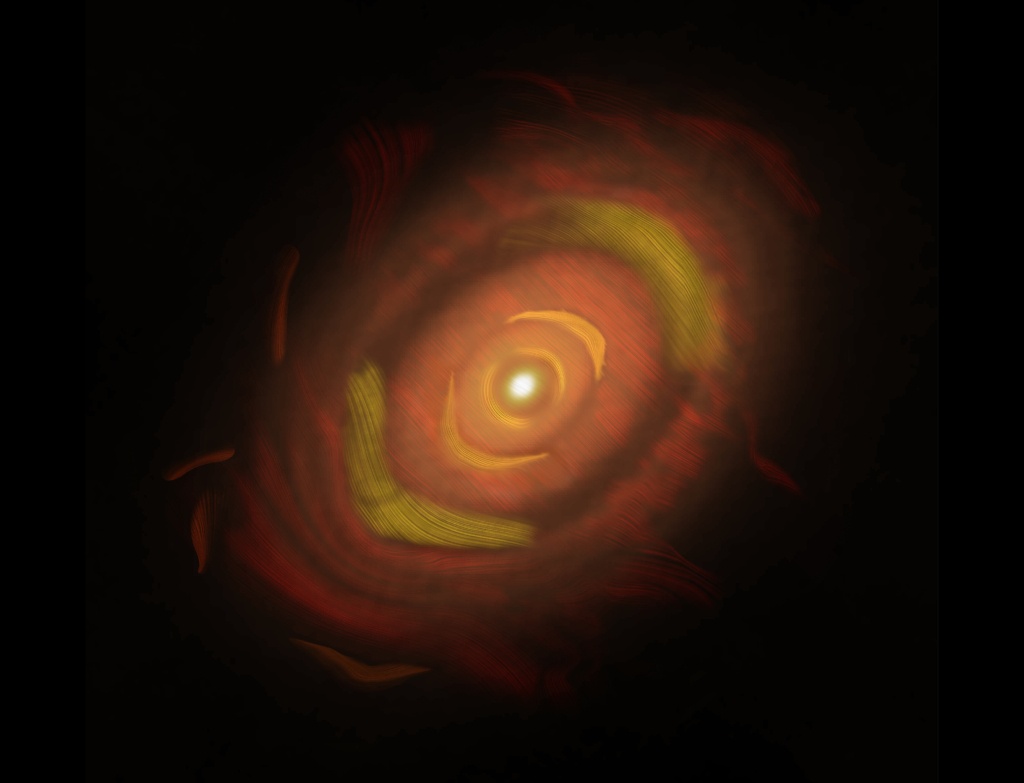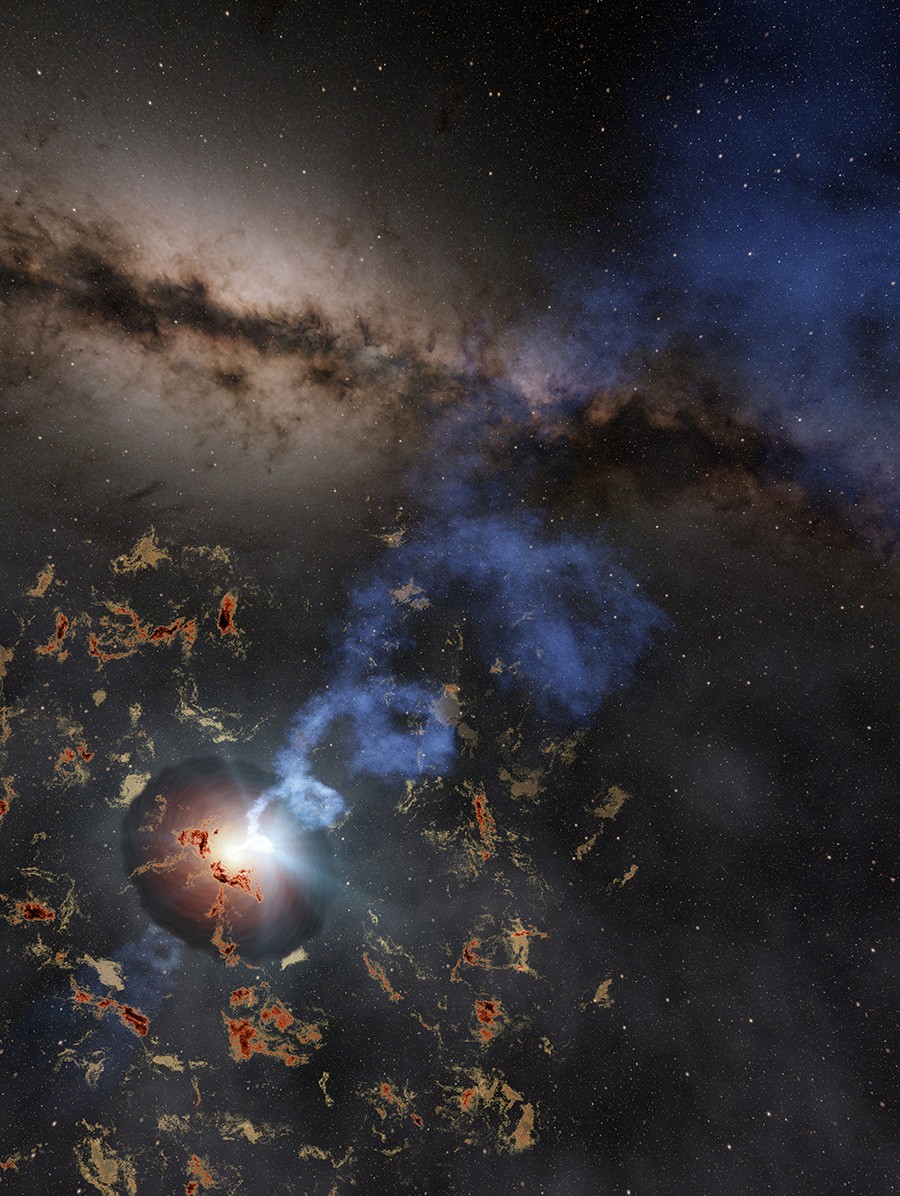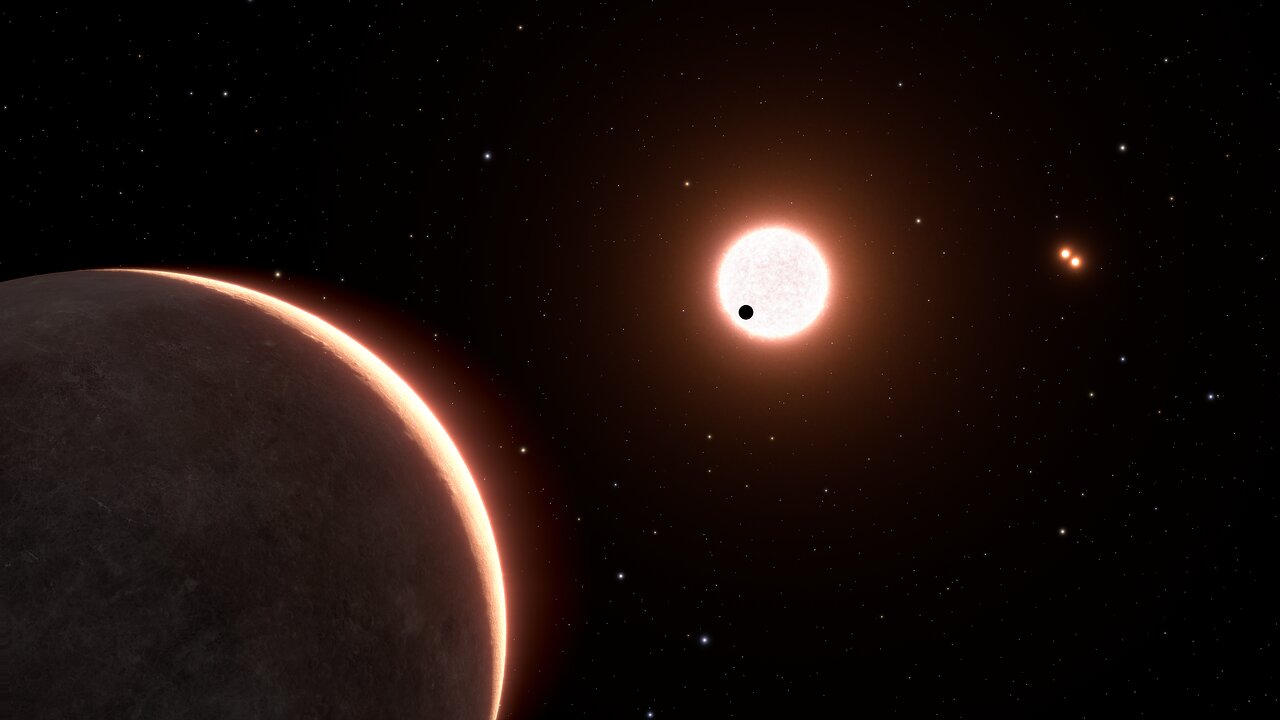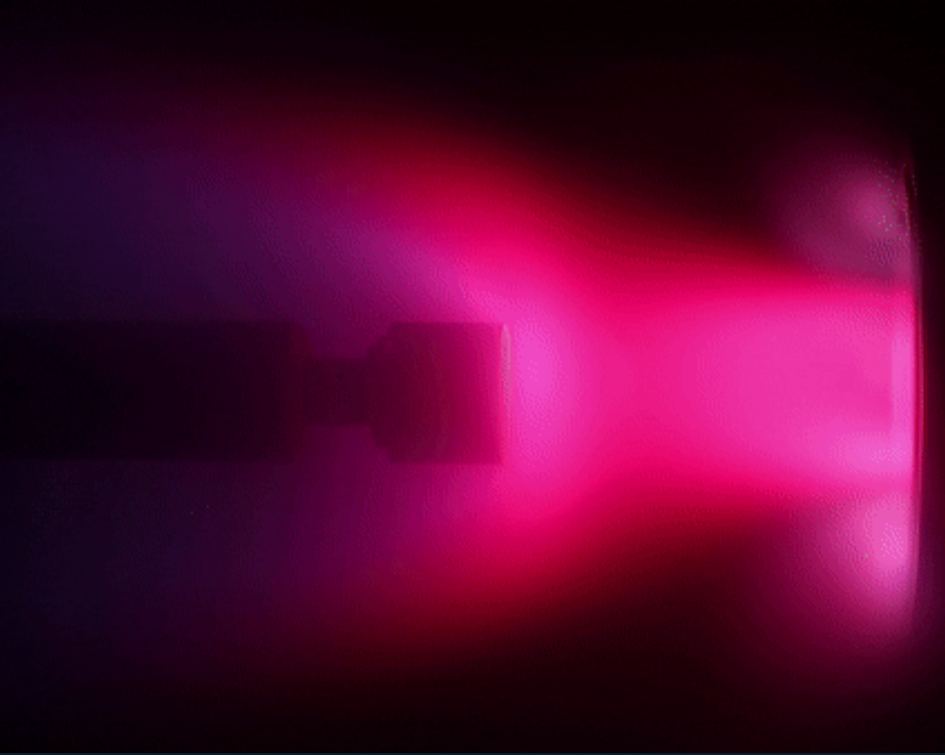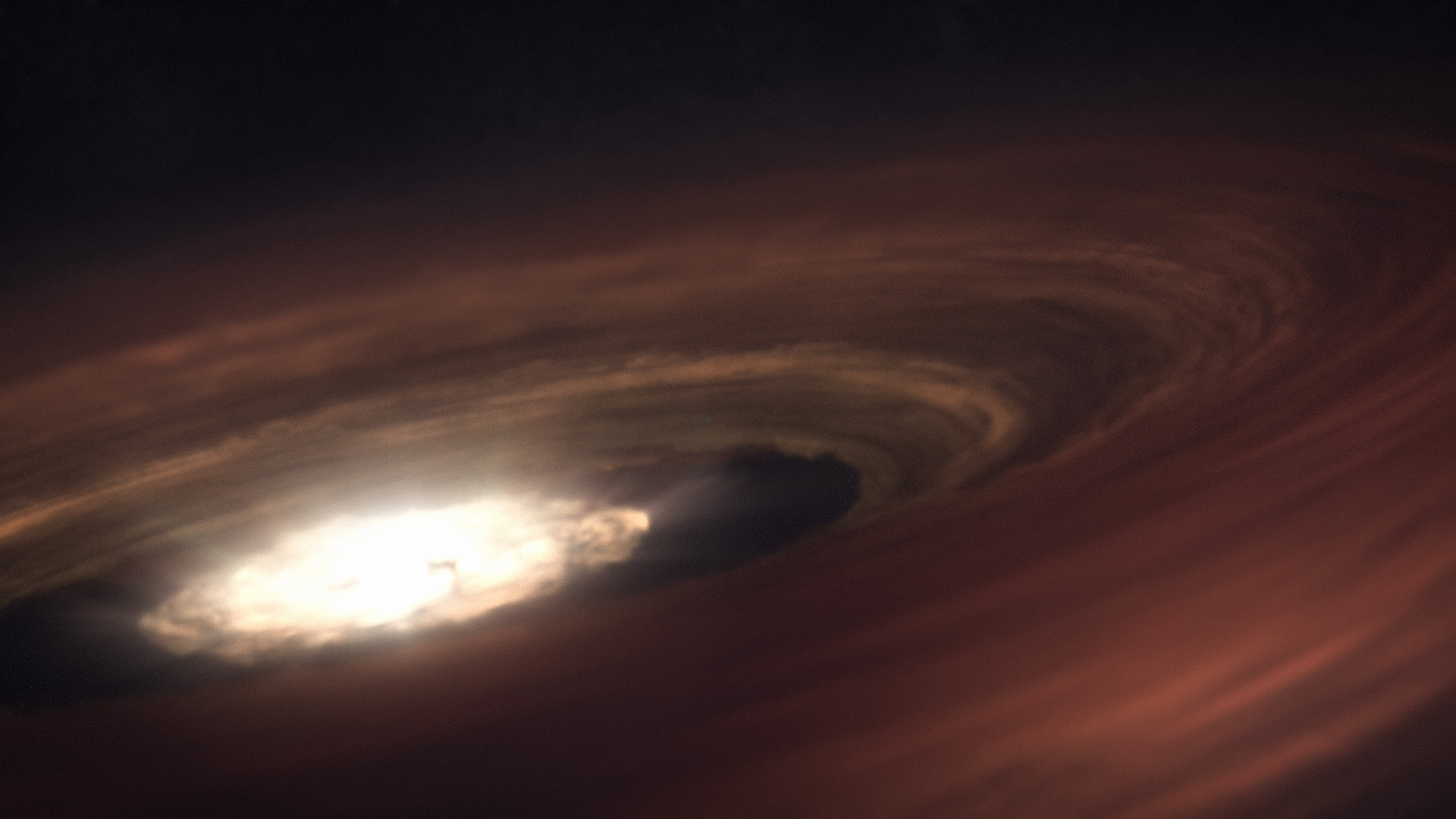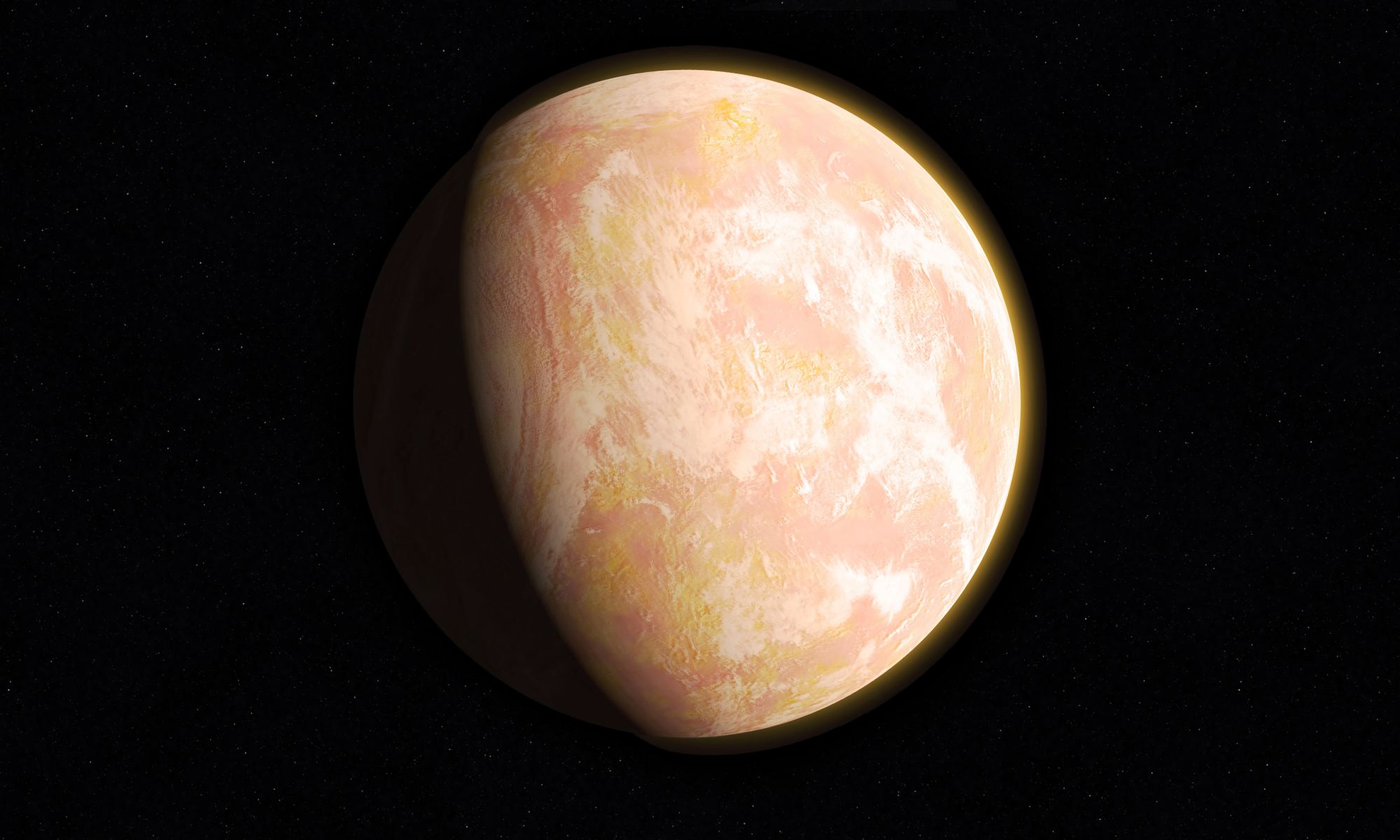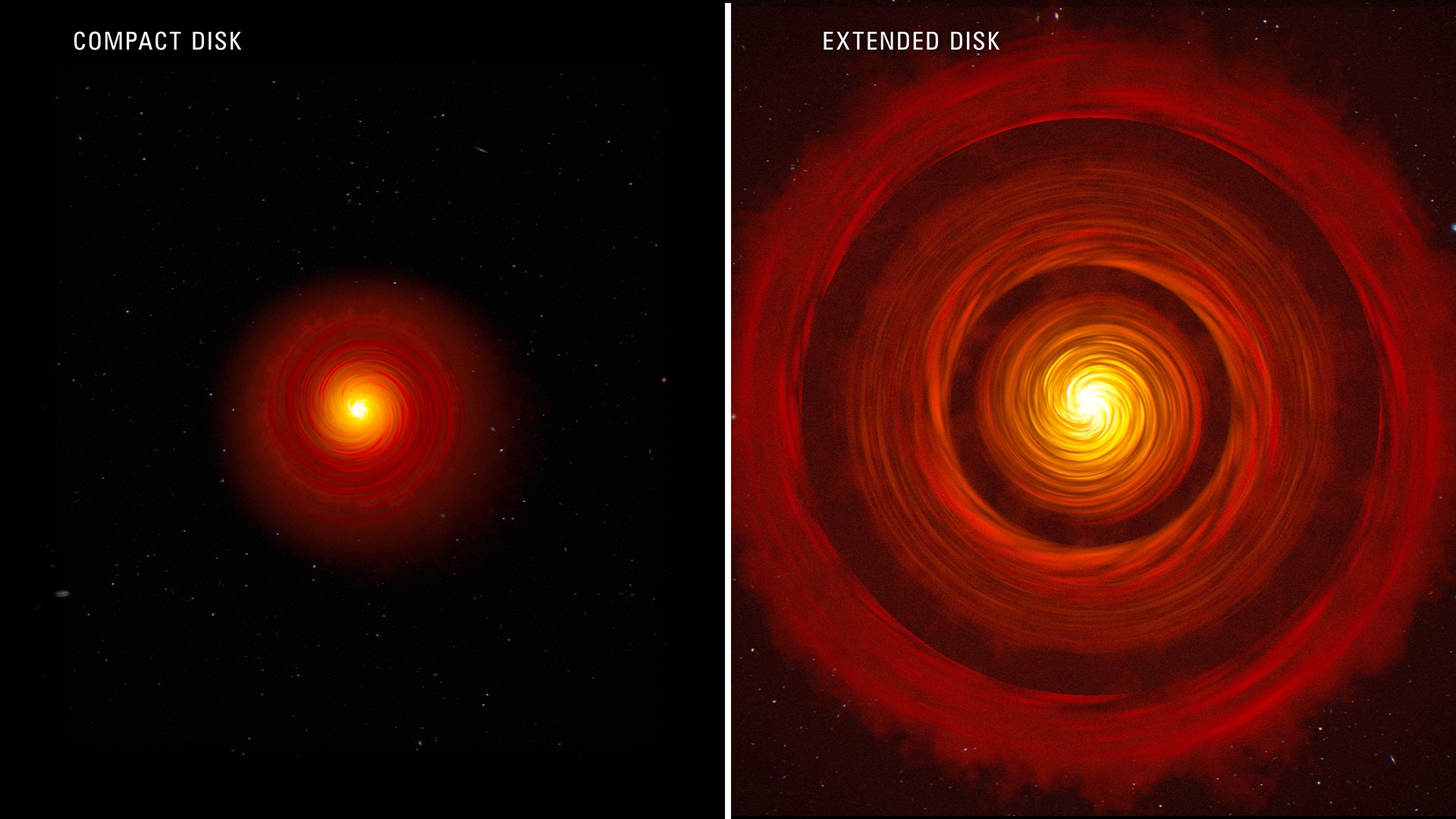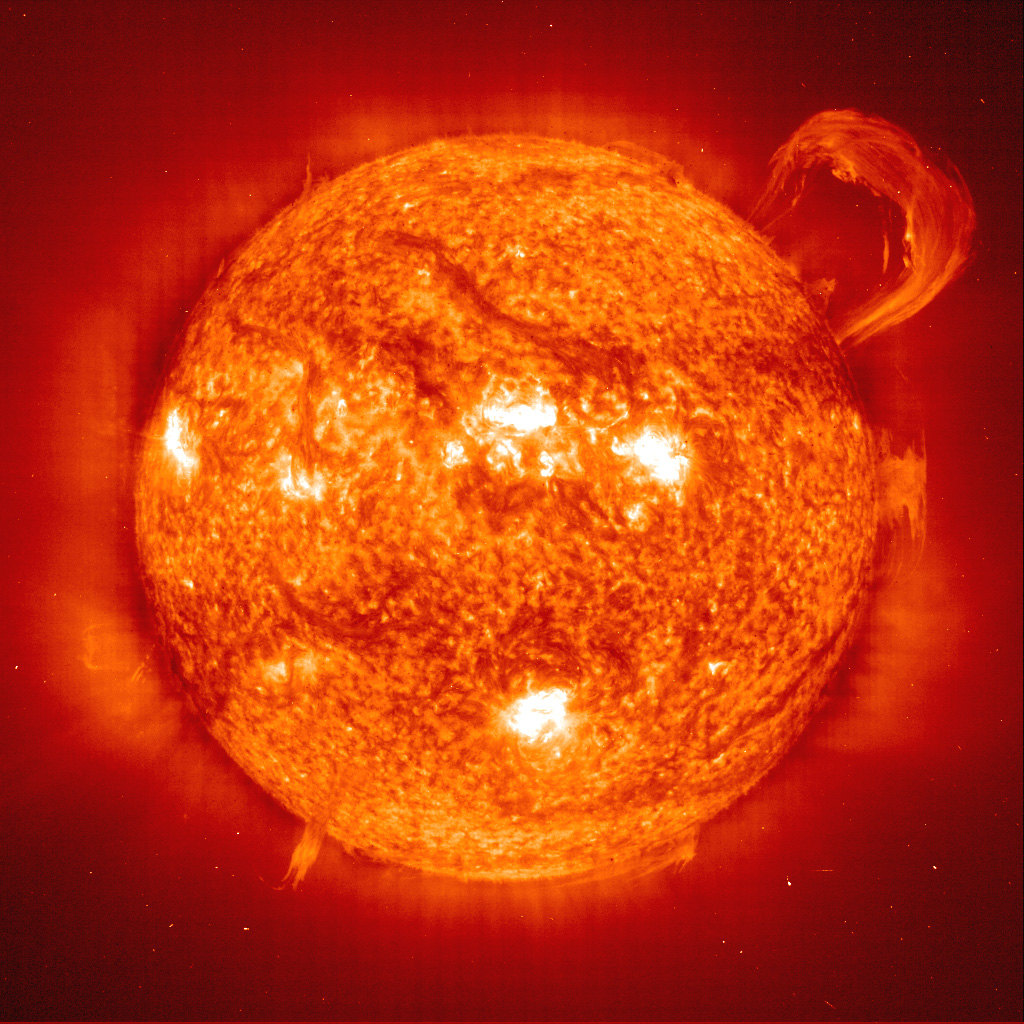Humans on Mars will need oxygen, and Mars’ atmosphere is pretty anemic when it comes to the life-sustaining element. NASA’s Perseverance rover successfully extracted oxygen from CO2 in Mars’ atmosphere, but there are other ways to acquire it. There seem to be vast amounts of water buried under the Martian surface, and oxygen in the water is just waiting to be set free from its bonds with hydrogen.
On Earth, that’s no problem. Just run an electrical current through water, and you get oxygen. But Mars won’t give up its oxygen so easily.
Continue reading “A Robotic Chemist Could Whip up the Perfect Batch of Oxygen on Mars”
